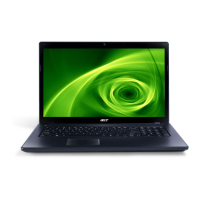
Do you have a question about the Acer Aspire 7739 and is the answer not in the manual?
| RAM | Up to 8 GB DDR3 |
|---|---|
| Graphics | Intel HD Graphics |
| Operating System | Windows 7 Home Premium |
| Battery | 6-cell Li-ion |
| Optical Drive | DVD-Super Multi DL drive |
| Wireless | Wi-Fi 802.11b/g/n |
| LAN | Gigabit Ethernet |
| Webcam | Acer Crystal Eye webcam |
| Card Reader | Multi-in-1 card reader |
| Display | 17.3-inch HD+ (1600 x 900) |
| Ports | USB 2.0, HDMI, VGA, Ethernet |
| Processor | Intel Core i3 / i5 |
| Dimensions | 414.8 mm (16.33 in) x 275 mm (10.83 in) x 34.3 mm (1.35 in) |
Details CPU, chipset, and memory controller specifications.
Specifications for the laptop's screen including size and resolution.
Information on the integrated graphics processor and its capabilities.
Details on hard disk drive and card reader options.
Information about the audio controller and sound features.
Specifications for the AC adapter and battery pack.
Details on WLAN and LAN connectivity options.
Physical size, dimensions, and weight of the notebook.
Description of external components visible from the top of the notebook.
Identification and description of ports located on the left side.
Identification and description of ports located on the right side.
Identification of components and features on the bottom of the notebook.
Guide to navigating and configuring BIOS settings.
Procedures for updating the system BIOS firmware.
Instructions for resetting or removing HDD passwords.
Methods to clear BIOS supervisor or user passwords.
Tools for managing system information via SMBIOS.
Utilities for checking and changing the MAC address.
Safety and preparation steps before starting disassembly.
Overview of disassembly steps and main screw list.
Step-by-step instructions for removing the battery.
Step-by-step instructions for removing the hard disk drive.
Step-by-step instructions for removing RAM modules.
Procedures for disassembling the LCD assembly.
Steps for reassembling major internal components.
Guidelines and procedures for troubleshooting common issues.
Steps to resolve systems that do not power on.
Steps to diagnose and fix display problems.
Procedures for diagnosing and resolving LCD failures.
Steps to troubleshoot keyboard malfunctions.
Procedures for diagnosing and fixing USB port issues.
Steps to resolve overheating and fan issues.
Strategies for diagnosing sporadic hardware or software issues.
Procedures for isolating unknown hardware faults.
Identification of connectors on the top side of the mainboard.
Location and usage instructions for the CMOS clear jumper.
Methods for recovering the BIOS using a crisis disk.
Visual breakdown of top-case assembly components and part numbers.
Visual breakdown of bottom-case assembly components and part numbers.
Visual breakdown of LCD cover assembly components and part numbers.
Visual breakdown of LCD bezel assembly components and part numbers.
Overview of the specific notebook model.
Detailed configuration variants based on region and specifications.
List of components verified for compatibility with Windows 7.
Information on accessing online technical support services.

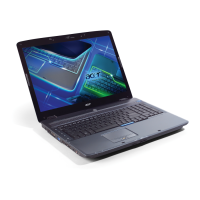
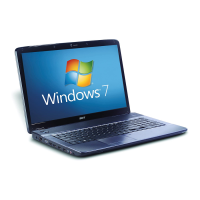
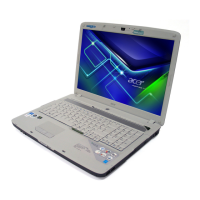
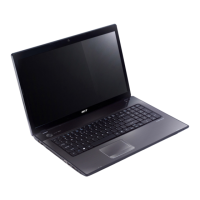
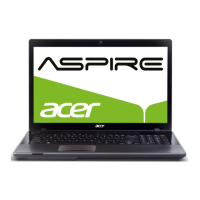
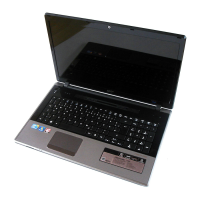
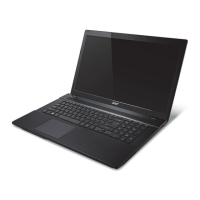
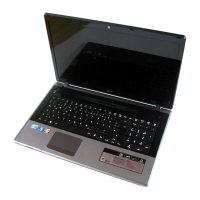
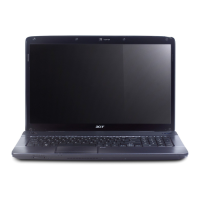
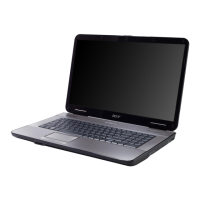

